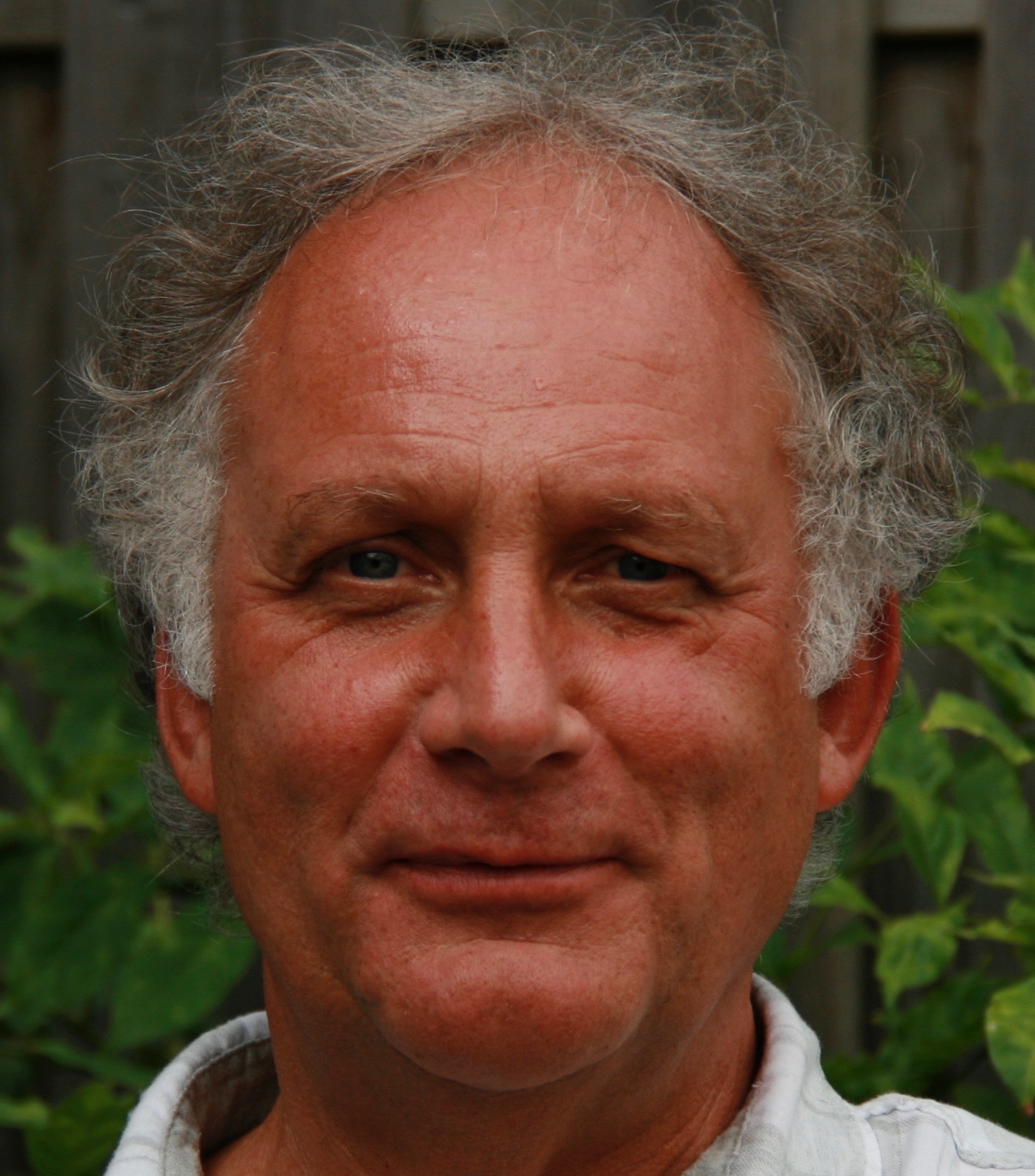
Gerard Bol
General Linguistics
University of Groningen
g.w.bol@rug.nl

Folkert Kuiken
Dutch as Second Language
University of Amsterdam
f.kuiken@uva.nl

|
Gerard Bol General Linguistics University of Groningen g.w.bol@rug.nl |

|
Folkert Kuiken Dutch as Second Language University of Amsterdam f.kuiken@uva.nl |
| Participants: | 20 |
| Type of Study: | clinical |
| Location: | Netherlands |
| Media type: | audio |
| DOI: | doi:10.21415/T51S3F |
Bol, G. W. & Kuiken, F. (1990). Grammatical analysis of developmental language disorders: A study of the morphosyntax of children with specific language disorders, with hearing impairment and with Down’s syndrome, Clinical Linguistics and Phonetics, 4, 77–86.
An additional reference is:
Crystal, D., Fletcher, P., & Garman, M. (1976). The grammatical analysis of language disability. London: Edward Arnold.
In accordance with TalkBank rules, any use of data from this corpus must be accompanied by at least one of the above references.
This corpus includes data from the children with Specific Language Impairment of the GRAMAT research, carried out by Gerard Bol and Folkert Kuiken between 1984 and 1988. The collecting of the data took place in 1984 and 1985. Digitizing the audio files is done by Julia Koekkoek (BA, University of Utrecht) in 2023, with a grant from prof.dr. Folkert Kuiken (University of Amsterdam) and prof.dr. Frank Wijnen (University of Utrecht). The exact connection between the utterance in the audio file and the transcript is not always accurate, because the linkage was done through an automatic process. In any case, the audio files are linked to the correct transcript.
The GRAMAT research aimed at two questions: 1) Is it possible to discern patterns in the morphosyntax of three groups of language-disordered children — children with SLI, with Down syndrome, and with hearing impairment, and 2) Can these patterns be related to the clinical characteristics of the children? Analysis of samples of spontaneous speech produced an affirmative answer to the first question. The answer to the second question is that the different clinical characteristics of the children did not lead so much to different kinds of language disorders as to differences in the degree of being language disordered. The three groups of children showed more commonalities than differences in producing morphosyntax.
The 20 Dutch SLI children (5 female and 15 male) in this research ranged in age from 4;01.16 to 8;01.17. The children all lacked sufficient intellectual or physiological impair-ment to account for their difficulties in language production. The IQ of the children has been tested (except for participant 16) and fell within normal ranges. The names of the children in the corpus are pseudonyms. Participants are identified by first names and with a five-digit code, indicating the age of the child in years, months, and days. Further information about the children is given below.
The speech of the 20 SLI children was audiotaped at their school, while they were playing with their speech therapist in a free-play situation. One of the two investigators was present in the room of the speech therapist. From time to time the investigator participated in the conversation. From each child 100 analyzable utterances were transcribed by the investigator that had been present at the recording. After that the utterances were analyzed according to the GRAMAT framework. GRAMAT (Grammatical Analysis of Developmental Language Disorders) is a Dutch adaptation of the descriptive morphosyntacticframework used by Crystal, Fletcher and Garman (1976).
Bol Kuiken Files
| Nr. | Name | Age | Sex | MLU | VC1 | Articulation |
| 01 | Rinanda | 40116 | F | 2.4 | 0;11 | |
| 02 | Pierre | 40720 | M | 4.4 | 0;00 | phonol.problems |
| 03 | Renzo | 40821 | M | 3.7 | 0;00 | dyspraxia |
| 04 | Monique | 40908 | F | 2.2 | 0;00 | dyspraxia |
| 05 | Wilma | 50102 | F | 3.7 | 0;00 | phonol. problems |
| 06 | Diana | 50104 | F | 3.9 | 0;00 | phonol. problems |
| 07 | Lieneke | 50307 | F | 3.2 | 1;09 | |
| 08 | Pascal | 50428 | M | 4.4 | 1;09 | * |
| 09 | Mark | 51122 | M | 4.4 | 1;07 | dyspraxia * |
| 10 | Bertus | 60010 | M | 3.3 | 1;07 | slow phonol. dev. |
| 11 | Pim | 60013 | M | 3.4 | 0;00 | * |
| 12 | Hessel | 60024 | M | 2.1 | 1;07 | inconsist. conson. |
| 13 | Jelle | 60113 | M | 4.4 | n.t. | dyspraxia |
| 14 | Joep | 60126 | M | 3.5 | 1;06 | dyspraxia |
| 15 | Ramon | 60210 | M | 2.5 | 1;06 | |
| 16 | Joost | 60722 | M | 2.8 | 1;05 | inconsist. conson. * |
| 17 | Pjotr | 70018 | M | 4.6 | 1;07 | |
| 18 | Sjouke | 70126 | M | 4.8 | 2;01 | dyspraxia |
| 19 | Kees | 70419 | M | 5.7 | 1;08 | |
| 20 | Lennart | 80117 | M | 4.2 | 2;11 |